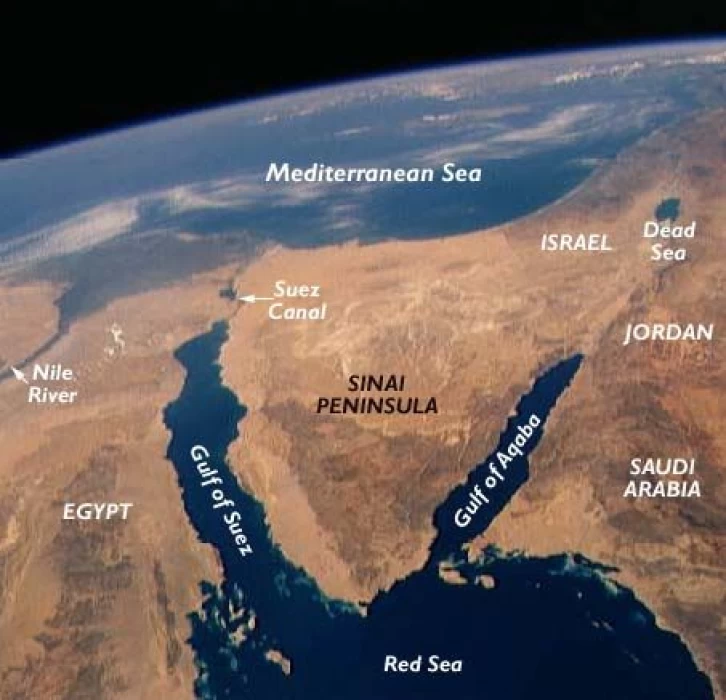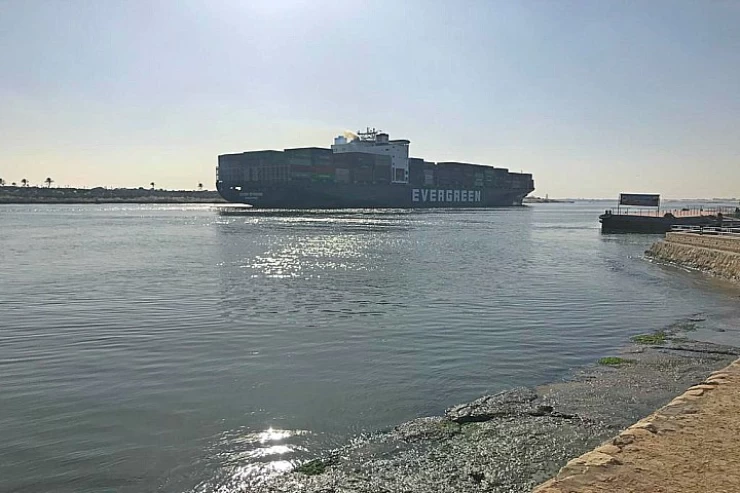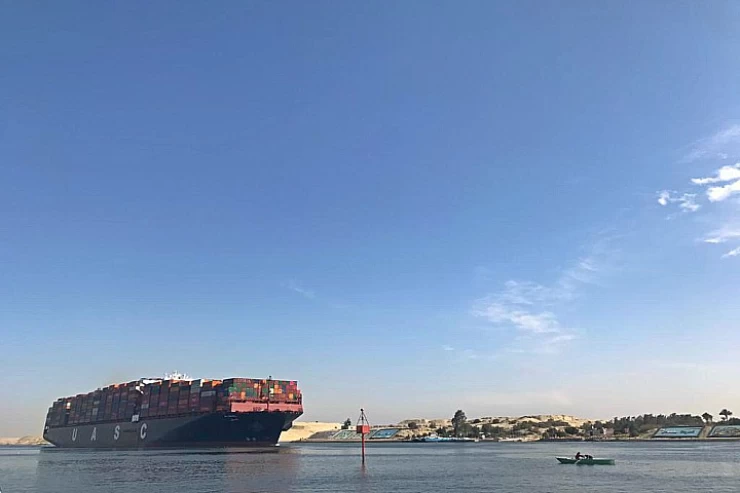
Suez Gulf | Egypt attractions
Details about Suez Gulf in Egypt
The Suez Canal connects between the northern Port Said harbour of the Mediterranean Sea and the southern Suez harbour of the Gulf of Suez, where the soil type transitions from clayey in the north to rocky at the southern end. Sediments consisting of silt and clay have been accumulated over the ages by the waters of the Nile and especially through the Damietta branch in Port Said and its vicinity.
At the upper reaches of the Red Sea that is located on the Sinai Peninsula, its two gulfs are East Gulf of Aqaba and Western Gulf of Suez where the later one is a representation of the northwestern extremity of the Red Sea also the coastline of Suez Governorate forming the west of the African continent and the east of the Sinai Peninsula, it stretches from the range of mountains confining the sea straight towards s there is city called Suez in Egypt a span of three hundred and fourteen kilometers 195 miles, while the gulf has an approximate width range of nineteen to thirty-two kilometers.
The Suez Canal serves as an important shipping route connecting the Gulf of Suez and the Mediterranean Sea, and the residential and economic activities of the areas located on the Gulf are represented by the presence of some fishing and mining villages, in addition to oil exploration since its discovery in many onshore and offshore areas overlooking the Gulf since the 1970s and 1980s
Over time, the Gulf of Suez has become the main source of petroleum production in the Egyptian Republic, with a contribution of up to 70 per cent of the gross domestic product of oil, and 25 per cent of refined oil is produced in Suez, and the Gulf of Suez is also famous for its marine life; it is a major source of fish production in the country.
The North West Gulf of Suez Special Economic Zone, one of the Egyptian General Authority for Investment's zones, is located near Sokhna Port on a stretch of more than 20 kilometres, near the southern entrance of the Suez Canal. The zone is under the supervision of the General Authority for the North West Gulf of Suez Economic Zone, which is headed by Minister of Investment Osama Saleh.
Suez is the largest city bordering the Red Sea, which is found at the twin gulfs' northern extremity. The Suez Canal is situated in the southernmost part of the city which is east of the Nile Delta and south of the Gulf of Suez. Ismailia lies to the north, the Red sea to the south, South Sinai to the east and Cairo-Giza arrangement to the west.
Tourism is an important aspect in Suez Governorate as it records the influx of about 256,972 visitors on an annual basis attributed by various landscapes such as: Mount Ataqa to the West, the Abu El Daraj lighthouse to the South, the Gulf of Suez and Suez Canal to the East and lakes and gardens in the north. Below outlined are the key attractions in Suez.
















